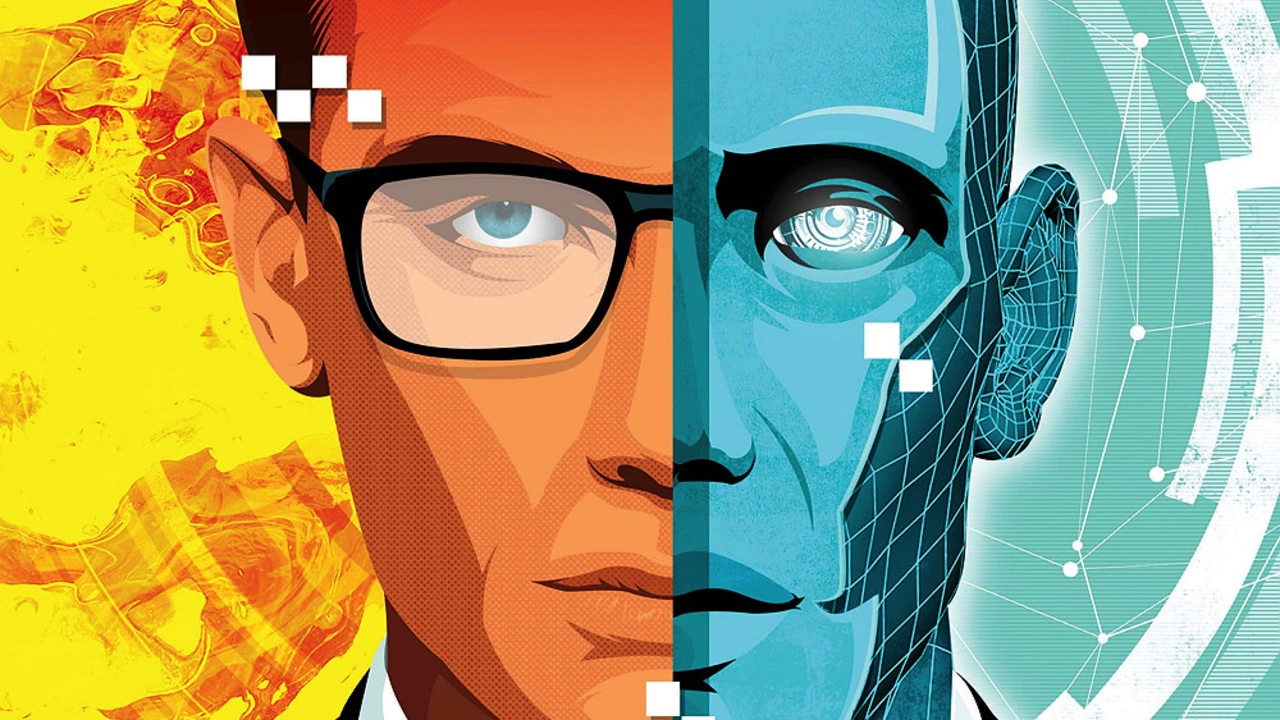Understanding the Basics of Artificial Intelligence
Artificial Intelligence, or AI, is a term that gets thrown around a lot these days. But what is it exactly? In the simplest terms, AI refers to machines or software capable of performing tasks that would normally require human intelligence. This could include anything from recognizing speech, making decisions, and translating languages to visual perception and even playing chess.
However, it's important to note that not all AI is created equal. The AI we interact with on a daily basis - think Siri, Alexa, or Google Assistant - is a far cry from the kind of AI that sci-fi movies have led us to imagine. This is because there's a significant difference between what we have now, often referred to as 'narrow AI', and the concept of 'true AI' or 'general AI'.
Diving Deeper into Narrow AI
Most of the AI technology we see today falls under the category of narrow AI. These are systems designed to perform a narrow task such as voice recognition, recommending songs on Spotify, or even driving a car. They operate under a limited set of constraints and are specifically programmed to do one thing and do it well.
However, despite their impressive capabilities, these systems lack an understanding of the world beyond their specific task. They can't engage in common sense reasoning or learn anything outside their specific domain. They are sophisticated tools, but tools nonetheless.
The Concept of True AI or General AI
On the other hand, true AI or general AI refers to a type of AI that has all the cognitive capabilities of a human being. This includes understanding, reasoning, learning, perception, and the ability to interact with the world in the same way a human can. In essence, it's a machine that can successfully perform any intellectual task that a human being can.
True AI would have the ability to understand context, make judgements, learn from experience and even have self-awareness. This is the kind of AI we see in movies - sentient machines that can think, understand and act just like us. But as of now, it remains a concept; a possibility, but not a reality.
The Gap Between Today's AI and True AI
The reality is that while we have made significant strides in the field of AI, we are still far from achieving true AI. Narrow AI can mimic certain aspects of human intelligence but it lacks understanding. It can analyze data and recognize patterns, but it can't comprehend the meaning behind the data or the implications of the patterns it identifies.
Moreover, narrow AI can't replicate human consciousness or self-awareness. It can't experience emotions or understand subjective experiences. It can't form beliefs or desires. In short, it can't be sentient. And until we can create a machine that is sentient, we haven't achieved true AI.
The Future of AI: Bridging the Gap
The journey towards true AI is fraught with both technological and ethical challenges. From a technological perspective, we still don't fully understand human intelligence, consciousness or emotions. How can we replicate something we don't fully comprehend? Furthermore, creating true AI would mean creating a machine with the potential to outsmart us, which brings us to the ethical challenges.
Should we create a machine that has the potential to be more intelligent than us? What would be the implications? How would we ensure that it doesn't harm us or misuse its intelligence? These are questions we need to answer before we can make true AI a reality.
Despite these challenges, research in the field of AI is advancing at an unprecedented pace. While we may not see true AI in our lifetime, we can certainly expect AI to become more sophisticated, more capable and more integrated into our daily lives. And who knows? Maybe one day, we will be able to bridge the gap between today's AI and true AI.

Author
Ryker Farnsworth
I'm Ryker Farnsworth, a technology enthusiast with a strong passion for exploring the latest innovations in the industry. I've devoted my career to understanding the intricate workings of various technological advancements. With my extensive knowledge and experience, I love writing about the latest trends and discoveries, sharing my insights with others who share the same passion. Through my work, I aim to inspire and educate, helping people better understand and appreciate the world of technology.